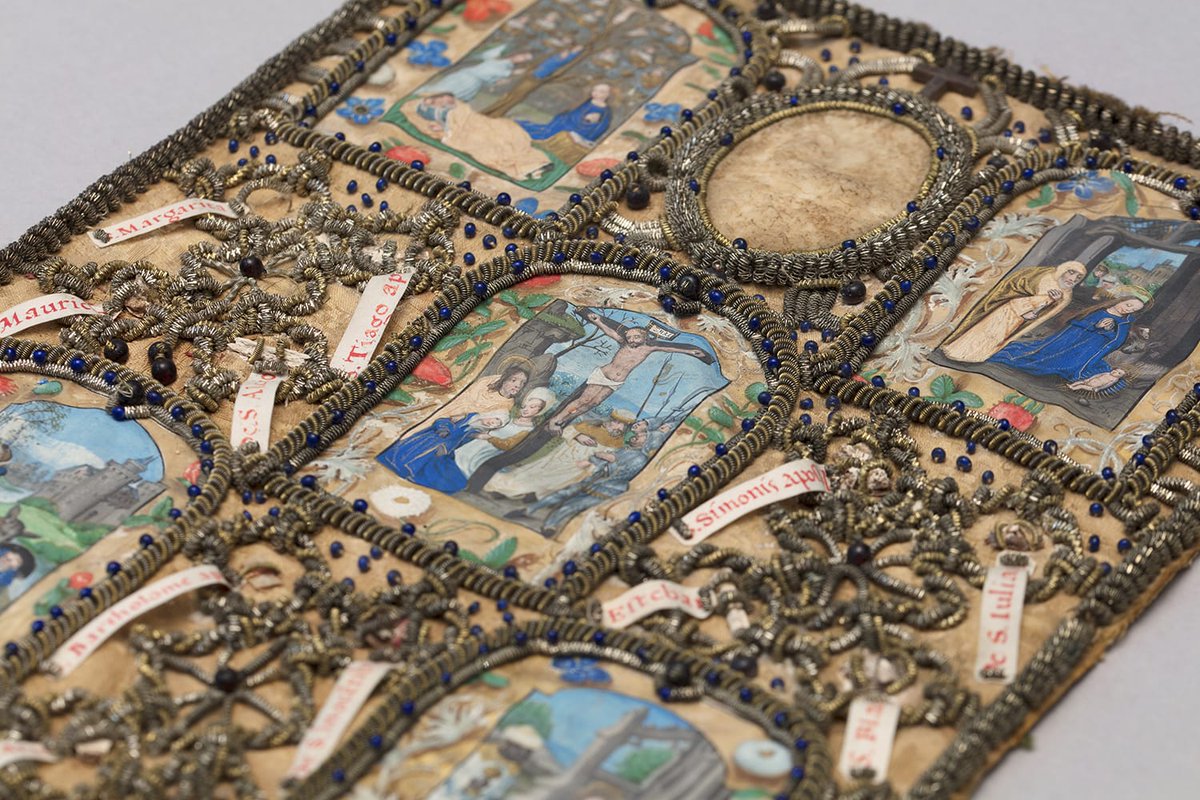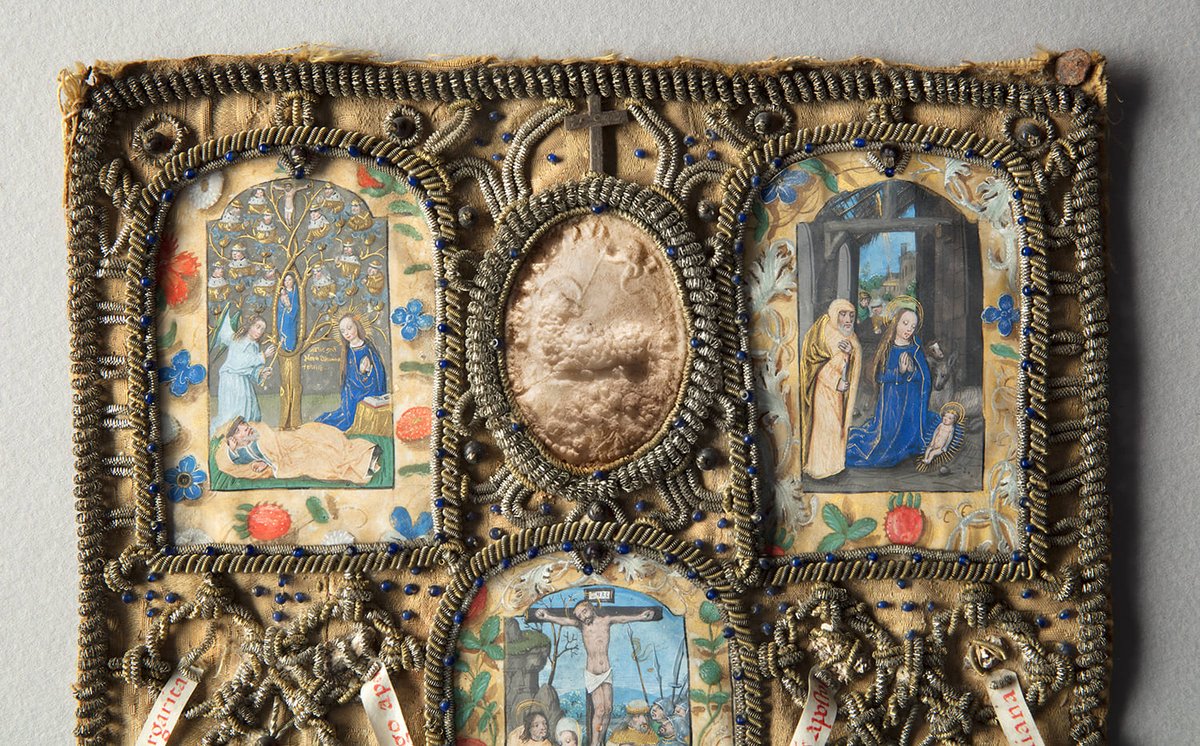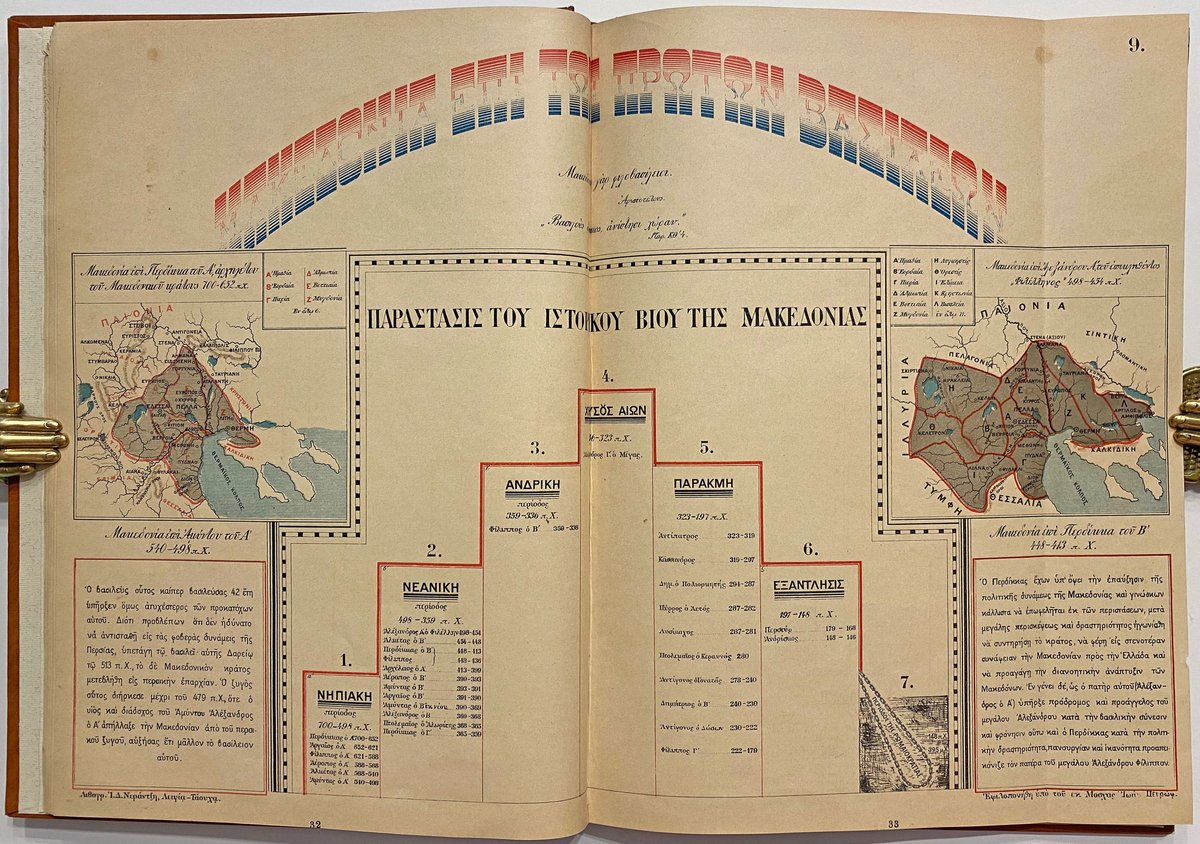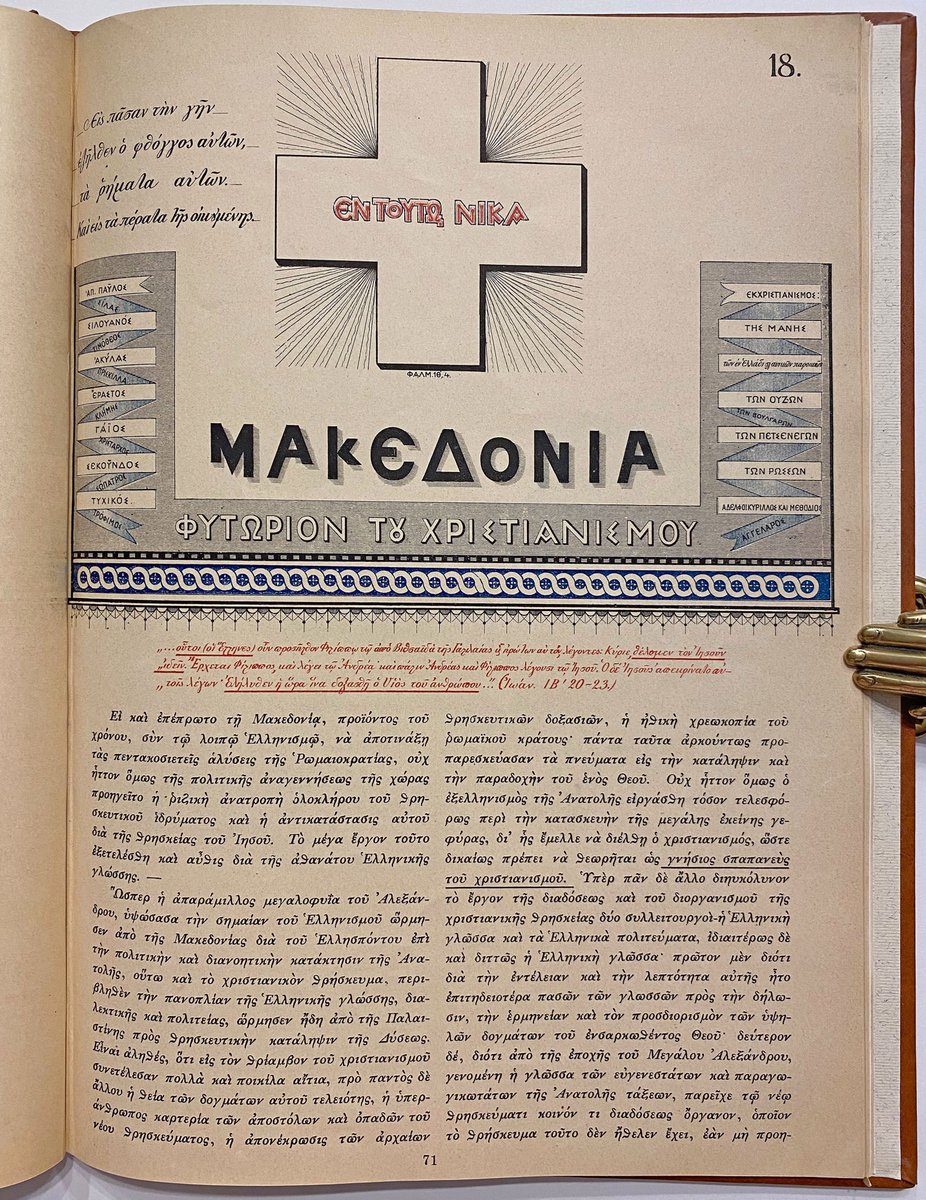
The best box-makers in France (which means imo the best box-makers anywhere) are Atelier Moura in Lyon. They're *extremely* slow, very expensive, and their work is incomparable. This box, for a rare 15th century Druze manuscript, has the Druze star inlaid in multicolored morocco. 



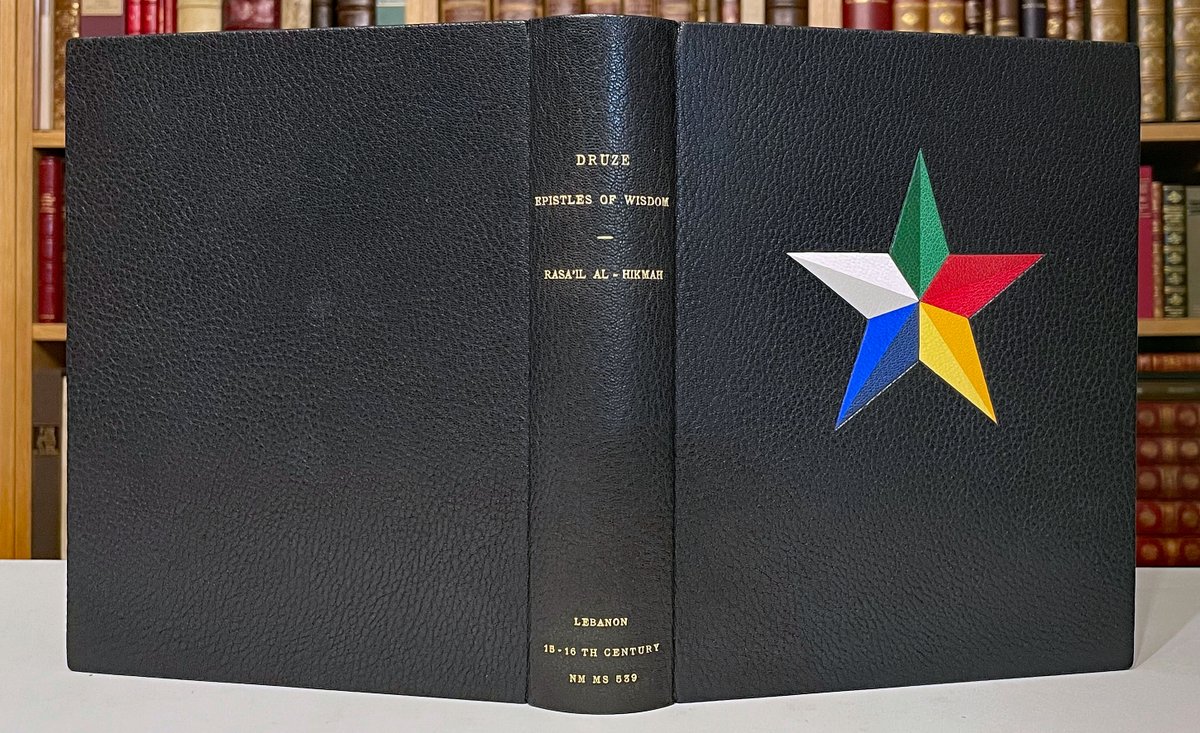

The Druze largely avoid iconography, but use 5 colors ("5 Limits" خمس حدود khams ḥudūd) as a religious symbol: green, red, yellow, blue, and white. Each color represents a metaphysical power called ḥadd, literally "a limit", a distinction that separate humans from animals. 1/ 

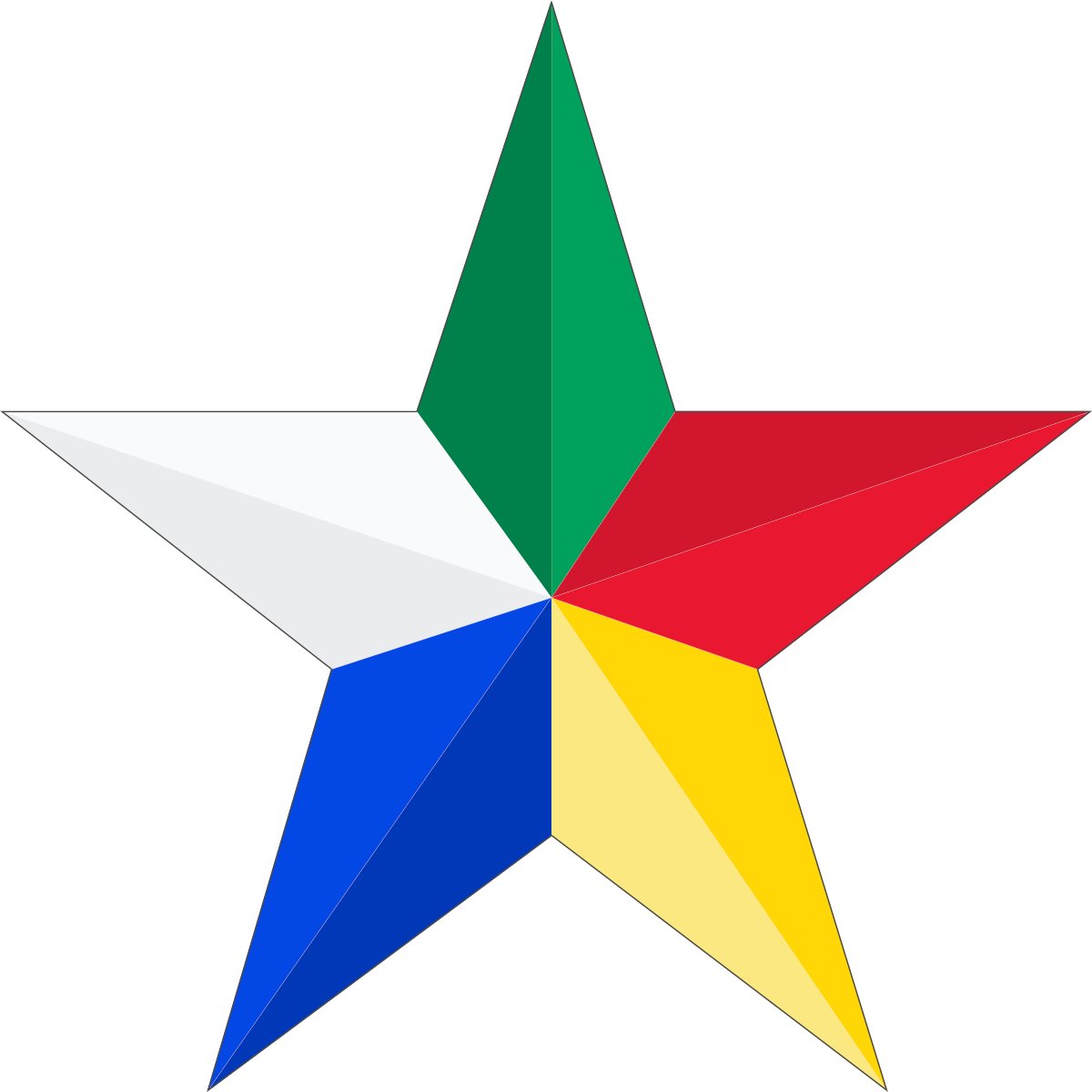

Each ḥadd is color-coded as follows:
Green for ʻAql "the Universal Mind/Intelligence/Nous",
Red for Nafs "the Universal Soul/Anima mundi",
Yellow for Kalima "the Word/Logos",
Blue for Sabiq "the Potentiality/Cause/Precedent", and
White for Tali "the Future/Effect/Immanence". 2/
Green for ʻAql "the Universal Mind/Intelligence/Nous",
Red for Nafs "the Universal Soul/Anima mundi",
Yellow for Kalima "the Word/Logos",
Blue for Sabiq "the Potentiality/Cause/Precedent", and
White for Tali "the Future/Effect/Immanence". 2/

The colors can be arranged in vertically descending stripes in flag form, or in a five-pointed colored star as here. The five-pointed star also embodies the golden ratio, phi (φ), as a symbol of temperance and a life of moderation. 3/ 

• • •
Missing some Tweet in this thread? You can try to
force a refresh

















